We were lucky to catch up with Emily Neville Fisher recently and have shared our conversation below.
Alright, Emily thanks for taking the time to share your stories and insights with us today. When did you first know you wanted to pursue a creative/artistic path professionally?
Since I was a child, art was always my favorite subject and I was a fine art major in college: studying painting, drawing, jewelry and ceramics. After college I began working with other people’s art, rather than creating my own. I worked in art museums, galleries and auction houses. I went back to school to get my master’s in Arts Administration at NYU while I worked full time at Christie’s Auction House. I felt fulfilled working around art and loved my time at Christie’s.
When I got married, I quit my job, had my first child and began taking lots of pictures of her. What started as an attempt to record my daughter’s childhood, turned into a passion and eventually a career. I had my identical twin boys 4 years later and it was at this point when I started to get serious about photography.I entered my first juried photography show at the local library and to my surprise my image was not only accepted, it won first place. This gave me great confidence and made me realize I was onto something. Up until this point, I had only been taking pictures with my iPhone and posting them on Instagram. When I was announced as the winner of the juried show and people approached me asking what camera I shot with, I was embarrassed to say it was my phone. It was in that moment I vowed to learn to use a DSLR camera and to edit in Lightroom and Photoshop rather than using Instagram filters.
In the years since, I have achieved those goals by taking classes at ICP (International Center for Photography) in NYC. The quality of my work improved, I began to sell prints and get jobs and my business was born. I have won several awards and have been featured and published in several publications and even had one of my images on a billboard in NYC in 2021! I am seeing real income doing what I love and have set new, more ambitious goals for myself as a professional photographer.
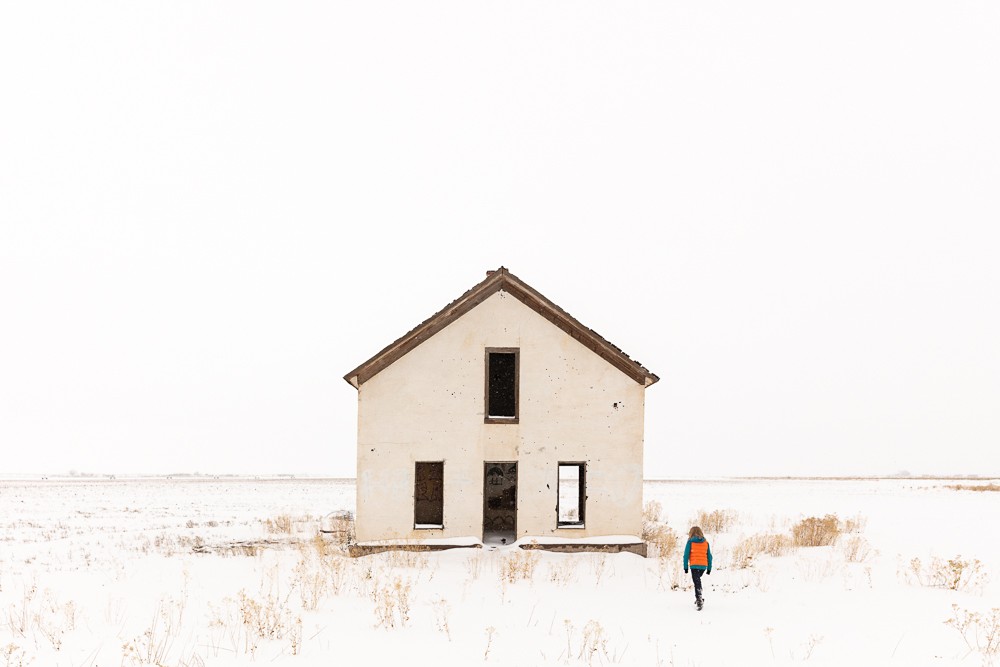
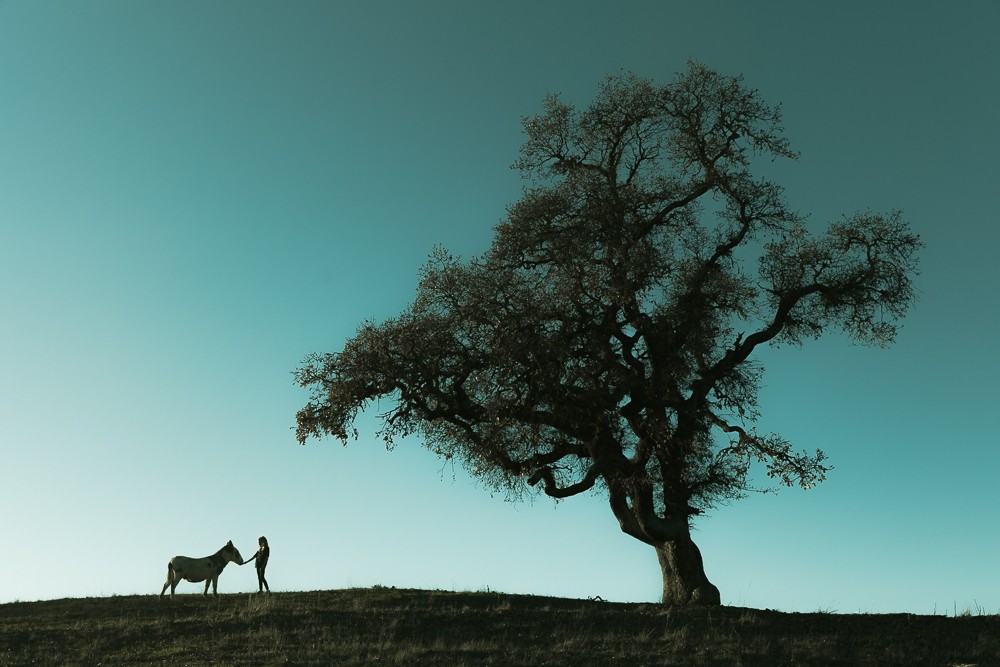
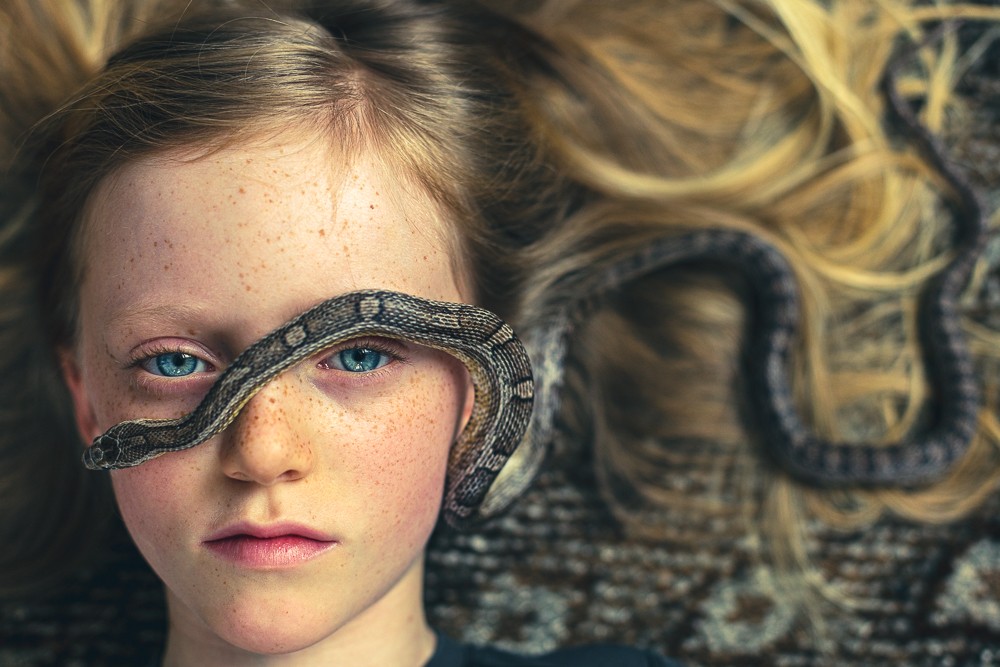
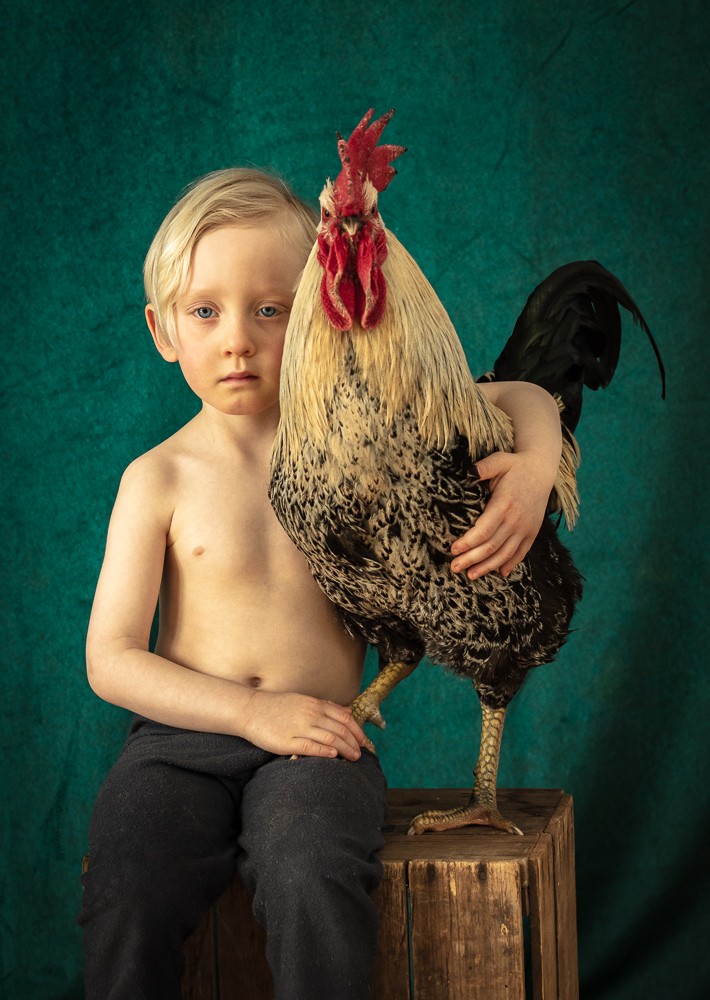
As always, we appreciate you sharing your insights and we’ve got a few more questions for you, but before we get to all of that can you take a minute to introduce yourself and give our readers some of your back background and context?
I am an in-house photographer for a couple of businesses and I accept commissioned work every once in a while but my true passion is creating fine art. A recurrent theme in my work is the relationship between humans and the natural world as can be seen in my ongoing series “Natural Tendencies.” My portraits and landscapes often reflect a sense of timelessness. I typically juxtapose solitary figures with an almost overwhelming landscape to suggest the environment as being active and significant in both the composition and concept of the image. My roles as mother, wife, artist and environmentalist inform my work. I am acutely aware of the precarious nature of our shifting environment, of the fragility of life and the ephemerality of childhood.
Many of my photographs have a painterly quality which elevates the questioning of surface, medium and artifice. I studied art and art history in college and then worked in the art world for many years (in galleries, museums and auction houses) so I am informed by classical portraiture in the style of Vermeer in terms of the dramatic use of light. I grew up in the Brandywine Valley in Chadds Ford, Pennsylvania, so I was well-acquainted with the work of painter Andrew Wyeth, and as I have grown as an artist, I’m continually drawn to his evocative portraits and landscapes. There is a nostalgic mood to his work, not a warm and fuzzy nostalgia, but a lonely, isolated feeling that moves me. Another artist for whom I have a strong affinity is Sally Mann. Her photographs of landscapes and portraits also evoke a sense of timelessness and nostalgia that I try to capture in my own work. She has said, “I like to make people feel a little uncomfortable. It encourages them to think about who they are and why they think the way they do.” Similarly, I try to create tension between the classic sense of proportion and symmetry, the carefully orchestrated compositions, and the unsettling nature of expressionless children, a snake running across a young girl’s face, a child walking toward an abandoned building.
Can you share a story from your journey that illustrates your resilience?
In the very beginning of my photographic journey, I submitted and was selected for a local exhibition called “Art on the Avenue” where businesses choose artists to show work in their stores. I was thrilled to learn that an organic grocery store chose me (along with a painter) to adorn their walls with my work. This would be my first show in which I showed more than one piece, and only my second show ever. I printed and framed my 10 best images and, on installation day, proudly hung them in the store above the baskets of fresh fruits and vegetables. The painter I was paired with hung her work as well. As we finished, we both stood back to admire our display when she asked “do you develop your own photos?” and I explained that I shoot with a digital camera so there is no developing like with film to which she responded “Oh…so you…press a button.” This one cutting comment, which could have deterred me before I even started, has actually fueled me in the years since. Often after spending hours editing, winning an award or seeing my work published in a magazine, I like to smile to myself and say “Oh…so you…press a button.” I know the hard work that goes into being a photographer. If it were as simple as pressing a button, everyone would be one! We often remember the negative comments more than the compliments, so we might as well use them as motivation.
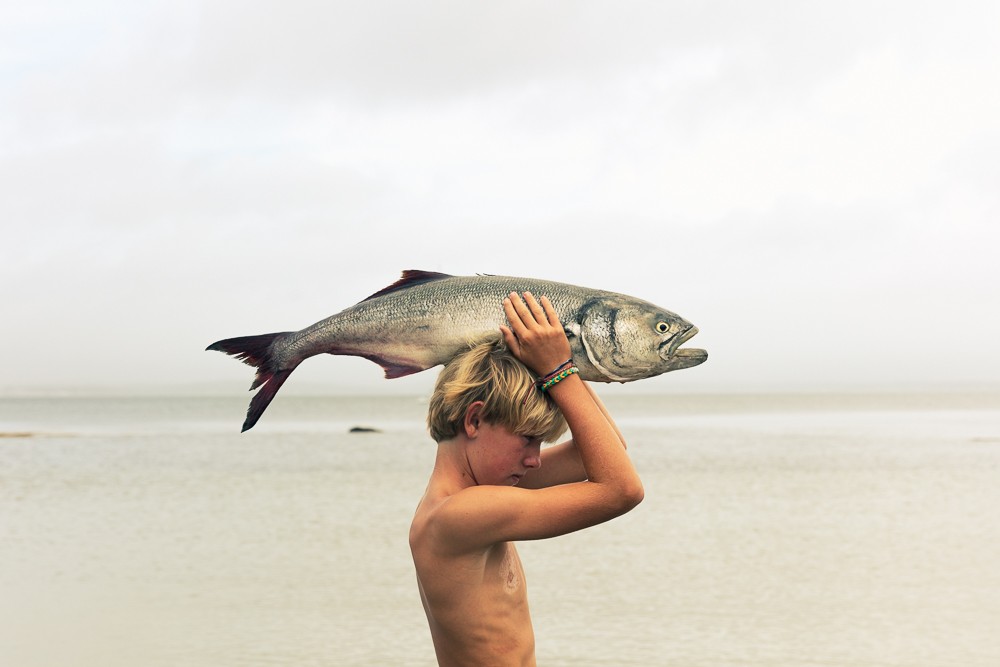
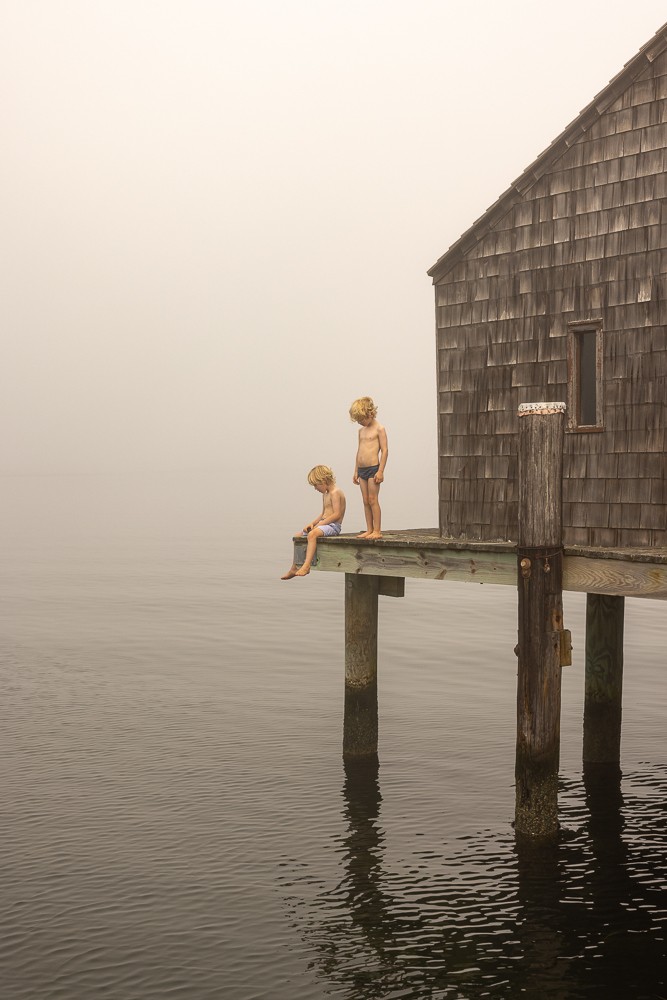


How can we best help foster a strong, supportive environment for artists and creatives?
Buy art you love! And if you can afford it, pay what it’s worth, don’t try to negotiate. It’s not like buying a house or shopping at a flea market and most of us artists are not getting rich. Artists set prices and we try to be consistent with them. The price listed is the price I ask for that sized print and for that number in the edition for all of my work. I recently had a work in a juried show in NYC gallery and it was awarded 2nd place! During the show, the gallery owner said a collector was interested in buying the work but offered half the price. I don’t think people understand that it’s difficult for artists to operate that way. For starters, the gallery usually takes 50%, so now I stand to take home 1/4 of the price. Also if I discount that work, it’s not fair to other collectors who have paid full price. I suggest paying the asking price and feel good about supporting artists. Know that you are helping provide the resources for them to continue to create art.
Contact Info:
- Website: https://emilynevillefisher.com/
- Instagram: https://www.instagram.com/emilyfisherphoto/


